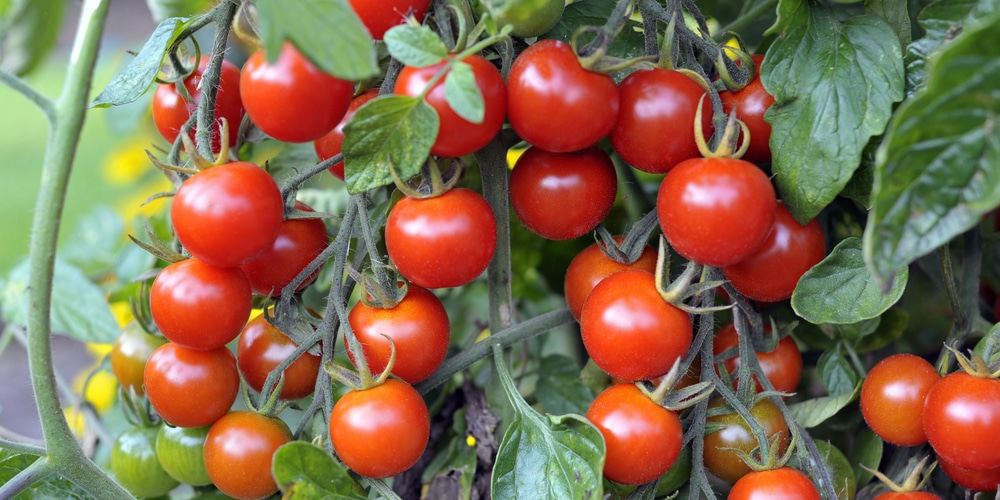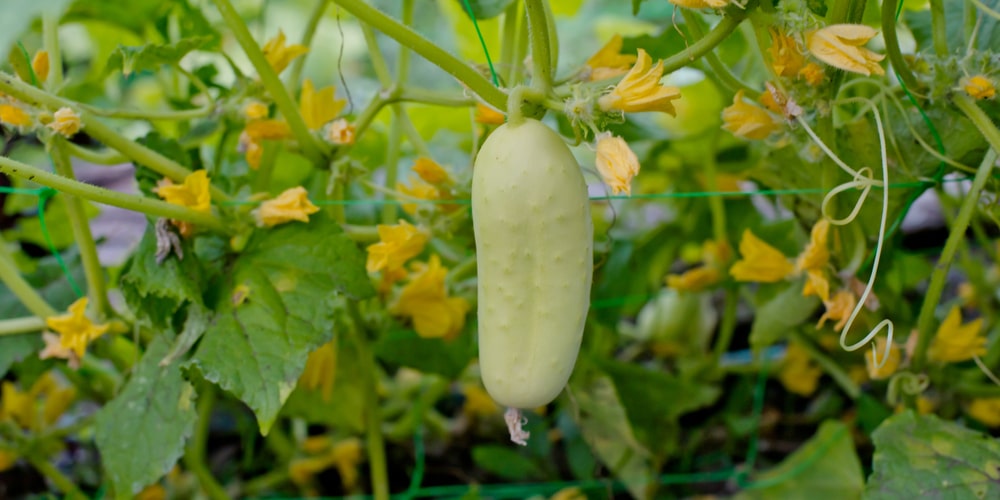Growing a vegetable garden is fun. While it may take some time and effort from your side, you’ll get plenty of harvests as a reward when you learn how to do it. And the best part is you don’t need a lot of space to get a steady supply of your favorite veggies.
Indeed, if you learn how to manage your space correctly and optimize it with companion planting, you might get more harvest using “less.” But figuring out the suitable companions for some vegetables is not as easy as you may think. Some plants might be fussier than others and may not like sharing their space with other species.
Also, balancing the needs and requirements of two different species might be challenging. However, learning about the best plant combinations can help you increase harvests, reduce issues with pests and diseases, and make your veggies tastier.
But are tomatoes and cucumbers compatible? Keep reading this essential guide to learning more on the topic!
Are Tomatoes and Cucumbers Compatible?
Cucumbers are heavy feeders that grow well in the heat. They will not thrive among plants that will compete with them for nutrients. Finding companions plants for these veggies can be challenging.
However, in general, cucumbers and tomatoes are compatible. Besides growing well together, the two plants can bring each other benefits, which may come in handy.
Overall, cucumbers and tomatoes have similar growth patterns, meaning you won’t’ have to work extra when adding the two close to each other. Indeed, they have similar basic needs and will produce harvest around the same time if you sow their seeds the same day.
Of course, we are talking about averages here, as the final results will depend on the varieties you choose.
Additionally, both crops are warm-season and do well in well-draining soil, better if slightly acidic (the ideal pH level is between 5.8 and 6.5). So, you can grow them together without making them suffer.
Don’t forget that tomatoes and cucumbers can have bush or vining growth patterns. For best results, combine them to complement each other.
Why Should You Grow Tomatoes and Cucumbers Together?
Adding companion plants to your vegetables will make them more productive and less susceptible to diseases and attacks from pests. Because they have similar requirements, you can address their needs when planting them together.
And if you don’t have much space in your garden, you can place tomatoes and cucumbers close. It will help you get the most out of your yard (or container).
Keep in mind that cucumbers can grow aggressively, which will keep most weeds at bay, minimizing competition. Consider staking your plants to grow vertically (by providing them a support structure): it will improve airflow. In turn, this will reduce attacks from diseases and fungal infections.
Keep your eyes peeled for the presence of diseases: mosaic virus and Phytophthora blight can affect both and severely damage your crops. When planting cucumbers and tomatoes together, you’ll increase the chances of getting at least one of the two.
However, you can prevent this by ensuring adequate spacing, following a proper watering schedule, and rotating your crops regularly.
How To Grow Tomatoes and Cucumbers Together?
Regardless of where you live, we recommend you start your seeds indoors. Because cucumbers tend to grow faster, you’ll need to plant your tomatoes first if you want to get harvests at the same time.
Plant them in a suitable container filled with adequate potting soil a few weeks after the last frost. Wait for two weeks before sowing your cucumber seeds. Within two weeks of sowing, you should see the first signs of germination.
Before transplanting your seedlings outdoor, consider hardening them off. The practice isn’t challenging, but it requires some patience. But all you have to do is gradually expose your plants to the outdoor conditions, increasing exposure every day by one hour.
Don’t forget to amend the ground to make it suitable for growing cucumbers and tomatoes before transplanting them.
When the soil temperature reaches (and stays at) 70°F, you can safely place your seedlings in the ground. Choose a location that gets at least six hours of direct sunlight during the day.
Plant your seedlings 15 inches apart and space your rows at least 36 inches from one another. Don’t forget to thoroughly water your seedlings to reduce shock and speed up the adaptation process.
Related Article: When Do Cucumber Plants Produce Fruit?

